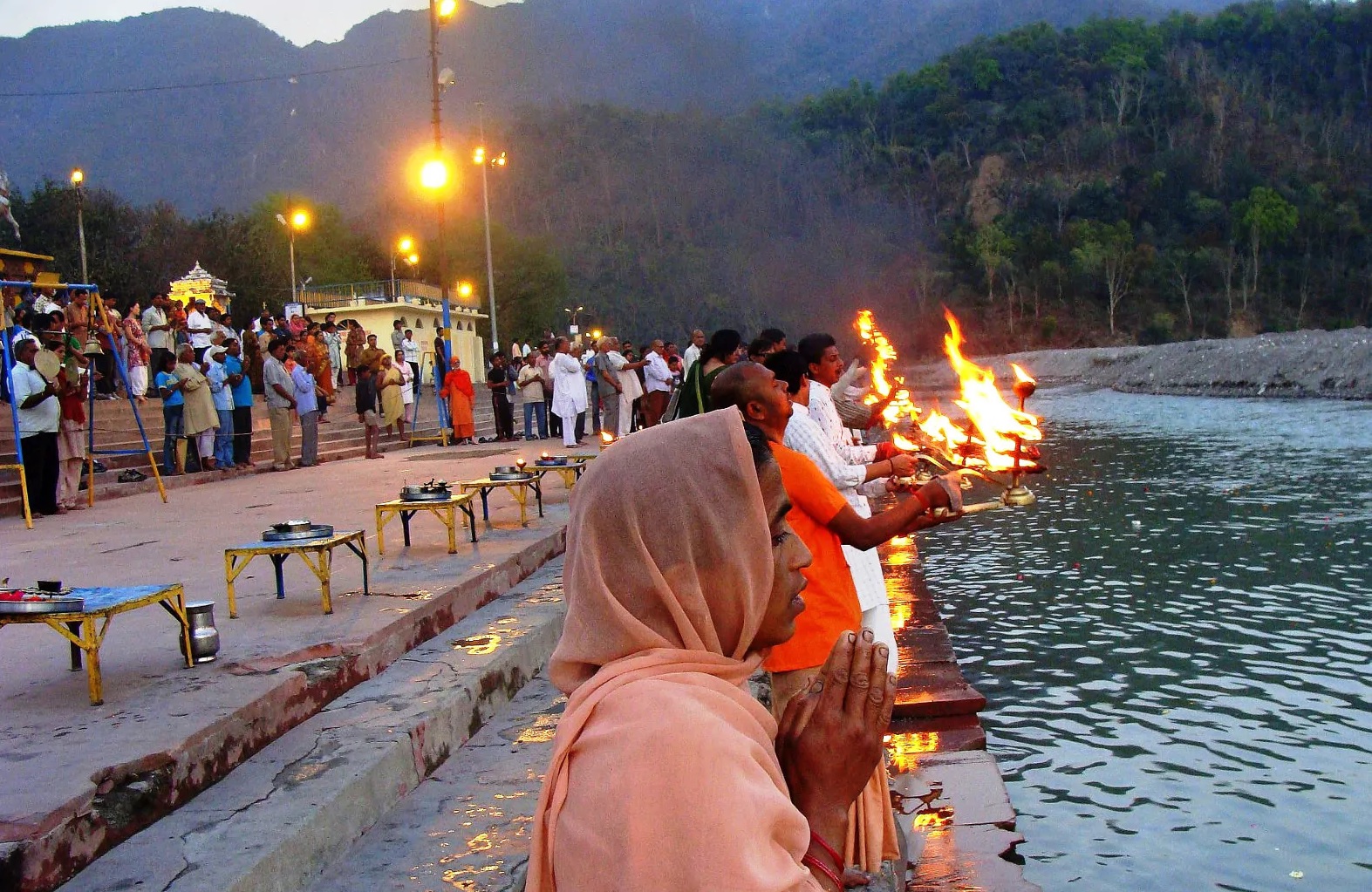January
The cooler, drier months of December to February are traditionally the best months to travel around National Park in India. Days are pleasantly warm in Delhi with maximum temperatures of around 25°C, while at night the thermometer drops to 10°C. In the major tiger reserves in western and central India, you can expect higher temperatures during the day, although they are still quite pleasant. On morning open jeep safaris, you should always take a fleece or sweater with you as it gets very cold.
February
Due to the dry and pleasant climate, it is no surprise that February is one of the best months for wildlife National Park viewing in India. India’s national parks are naturally a popular travel destination for Indians and can be downright crowded on Indian public holidays and school holidays. February is a very quiet month in terms of domestic visitor numbers and is therefore highly recommended for a visit to the classic tiger reserves.
March
The cooler, drier months from December to February are almost perfect for a trip to India. From March onwards, it gets noticeably warmer, but the temperatures are still tolerable and the chances of successfully spotting tigers increase. Tigers are now more likely to seek refreshment and can often be seen near watering holes. Indian festivals and school holidays should definitely be avoided, as then the national parks are literally invaded by convoys of jeeps.
During the Holi festival (also in March), many parks close for fear of riots by drunken visitors. You should definitely take this into account and do your research before your visit.
April
It is hot in India. From April onwards, temperatures rise to sweltering temperatures that can reach well over 40°C. By April, you can no longer live in India without air conditioning and a swimming pool. This month we are not using tented accommodation, but are instead opting for well-enclosed accommodation for the few hardy guests who venture here. However, for those who can tolerate extreme heat, April can be incredibly valuable in terms of tiger viewing.
May
Incredibly, May is even hotter. The entire country is like a huge, burning frying pan. The central plains are unbearably hot. It is not without reason that the British fled en masse to the mountains during the colonial era to cool off. We do not recommend travelling in May.
June
In June, the monsoon rains bring much-needed relief to the country in the grip of extreme drought. The rain falls like a storm, all but a few major tiger reserves close and will not reopen until October. However, some parks in South India like Nagarhole, Periyar or Bandipur are open all year round and attract visitors with ridiculously low prices despite the monsoon.
July
Monsoon rains sweep across the Indian subcontinent. Anyone who has ever visited traditional tiger reserves can take advantage of the monsoon season for some specific activities and regions of India. Traveling through arid Rajasthan, you can be almost certain not to see a trace of rain in the sky. In Himalayan regions like Ladakh, the peak tourist season begins now. The monsoon is not a good time for tigers, but those interested in the reserves of South India, known for their elephants, benefit from very low prices and almost no other visitors.
August
It is the rainy season in India and the country’s traditional tiger reserves are closed until October. However, some parks in South India like Nagarhole, Periyar or Bandipur are open all year round and, despite the monsoon, attract visitors with very low prices and possible encounters with animals. The arid region of Bera in Rajasthan and the national parks of Gujarat can also be visited without restrictions during the monsoon, as it usually does not rain a drop. It is currently the peak tourist season in Ladakh. In the state of Kerala, you can also benefit from very reduced prices at the best Ayurvedic hotels in the region.
September
The monsoon is gradually coming to an end. With the decline of the monsoon, the month of September is worth exploring the beautiful green landscapes of the state of Kerala with very reduced rates at the best Ayurvedic lodges in North Kerala. For those who have already ticked tigers off their bucket list, the reserves of South India, known for their elephants, can offer good opportunities
October
October marks the start of the season and the parks reopen after the monsoon season. Rangers and researchers spend the first few weeks after reopening busily noting any significant changes after the closure period. After all, no one has entered the core zones of the national parks for a period of three months and many things could have happened during that time: Did all the cubs survive? Were there territorial fights? Did a young adult animal leave its mother?
Those who enter the national parks in October do so with a queasy feeling in their stomach. The most worrying thing is the fear of finding tigers killed that did not die a natural death. The parks are beautifully green after the rains, the air clear and dust-free, just ideal for photographers. October is the best month for an encounter with the black panther in Nagarhole National Park. It is also an excellent time for the red pandas in Singalila National Park in the north-east of the country.
November
Pleasant temperatures and relatively few visitors are to be expected. Conditions for tiger sightings are improving. The fur of tigers in tiger reserves such as Ranthambhore or Tadoba is a beautiful, contrasting orange. Beautiful for photo shoots! In November, the Diwali festival takes place and the National parks fill up with local tourists. We recommend that you do not go on a tiger safari until after Diwali has ended in November.
December
The dry and cooler months from December to February create wonderful travel conditions for heat-shy Europeans in National Parks. The days are pleasantly warm with highs of around 25 °C in Delhi, and at night the thermometer drops to a cool 10 °C. Don’t forget a sweater on the morning safaris in the open jeep, because it gets really cold. If you can, avoid Christmas and New Year. The local guests join the western tourists and the tiger reserves tend to be overcrowded.
Thankyou for reading our blog in which we provide the information about the best time to visit National Park in India by Delighted Journey




